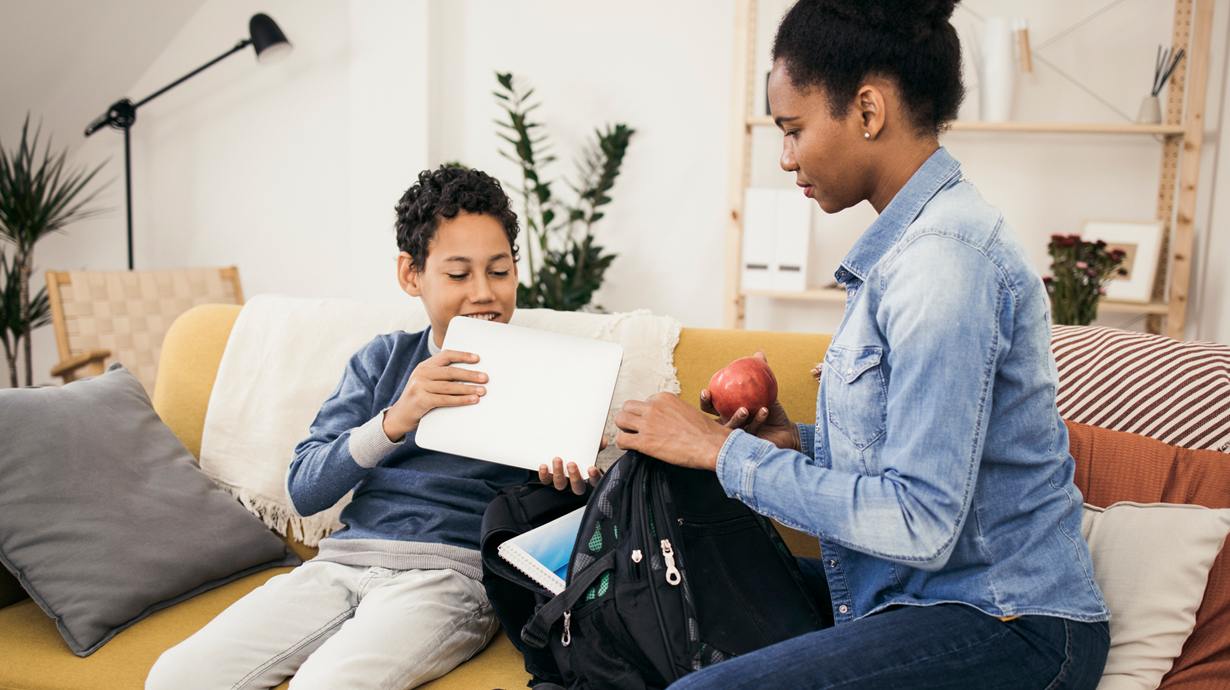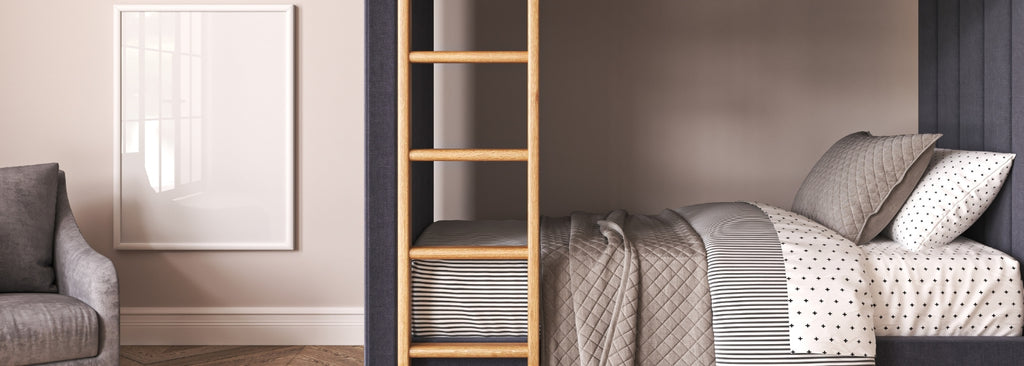When do kids start using pillows? Children can start using pillows when they are at least one year old. It is important to introduce a pillow at bedtime and let the child touch and play with it.
Introducing a pillow to a child is an exciting milestone in their development. Parents often wonder when their little one should start using a pillow. Understanding the right time to introduce this sleep accessory can ensure the child’s safety and comfort.
Both parents and toddlers may look forward to this transition, as it signals the growth and changing needs of the child. However, it’s crucial to recognize the appropriate age for introducing a pillow to prevent any risks or discomfort. We will delve into the important aspects of when children can use pillows and how to make this transition as smooth as possible.
When Do Kids Start Using Pillows?

At What Age Can Kids Start Using Pillows?
When can kids start using pillows? It is safe to introduce a pillow to toddlers once they are old enough to sleep without constant supervision, typically around the age of one or older. However, it is important to follow guidelines and ensure the safety of the child.
Safety Considerations
When it comes to introducing pillows to kids, safety should be a top priority. It is essential to ensure that the pillow you choose for your child is safe and suitable for their age.
Here are some safety considerations to keep in mind:
- Ensure that the pillow is the right size for your child. A pillow that is too large or too small can pose a suffocation hazard.
- Choose a pillow that is firm enough to provide support but soft enough to be comfortable.
- Do not introduce pillows to children under the age of one, as they are at a higher risk of suffocation.
- Make sure the pillow is hypoallergenic and free from any potential allergens.
- Regularly check the pillow for signs of wear and tear and replace it if necessary.
By taking these safety considerations into account, you can ensure that your child’s sleep environment is safe and conducive to a good night’s rest.
Developmental Readiness
While safety is important when introducing pillows to kids, it is also essential to consider their developmental readiness.
Here are some signs that your child may be ready for a pillow:
- Your child has outgrown the crib and is sleeping in a toddler bed or regular bed.
- They can easily move and adjust themselves during sleep without getting stuck or trapped.
- They show an interest in using a pillow and can understand its purpose.
- Your child can independently ask for a pillow or express discomfort without one.
Once you have determined that your child is developmentally ready for a pillow and have selected a safe option, you can introduce it at bedtime. Encourage your child to touch and play with the pillow, helping them feel comfortable and excited about using it for sleep.
Choosing The Right Pillow For Your Child
When it comes to ensuring your child gets a good night’s sleep, choosing the right pillow is essential for their comfort and proper support. Finding the perfect pillow for your child involves considering several important factors, from the pillow material to the appropriate size and ensuring proper support.
Considerations For Pillow Material
When choosing a pillow for your child, it’s important to consider the material used in its construction. Ensure that the pillow is made of hypoallergenic and breathable materials to prevent any potential allergic reactions or discomfort. Look for pillows made of natural fibers such as cotton or bamboo, as these materials are gentle and provide good airflow.

Finding The Right Pillow Size
When it comes to pillow size, it’s crucial to select a pillow that suits your child’s age and body size. Seek a pillow that is appropriately sized to provide adequate support without being too large or too small. A toddler-sized pillow is generally recommended for young children, as it is designed to fit their smaller frames and provide optimal comfort.
Ensuring Proper Pillow Support
Proper support is paramount when choosing a pillow for your child. Look for a pillow that offers adequate support for your child’s head and neck to promote healthy spinal alignment. It’s important to ensure that the pillow is not too firm or too soft, as the right balance is essential for your child’s comfort and well-being.
Introducing A Pillow To Your Child
Introducing a pillow to your child can be done when they are ready, usually around the age of one. It’s important to ensure that your child is old enough and capable of safely using a pillow before introducing one.
Gradual Introduction
When it is safe for your child to sleep with a pillow, it’s essential to introduce it gradually. Starting with a small pillow can help your child become accustomed to the new sleeping arrangement. Begin by letting your child touch and feel the pillow during bedtime routines.
Creating A Comfortable Sleep Environment
Creating a comfortable sleep environment is crucial when introducing a pillow to your child. Ensuring the pillow is of appropriate size and firmness for their age will help in promoting better sleep. It’s best to choose a pillow made specifically for toddlers, providing the right support for their neck and head.
Transitioning From A Crib To A Bed
Transitioning from a crib to a bed is a significant milestone for children and often a time when parents consider introducing a pillow. When the child is transitioning to a bed, it is important to ensure that the pillow fits well within the bedding and does not pose any safety risks. A good transition will also involve explaining the purpose of the pillow and the importance of proper use during bedtime.

Conclusion
Introducing a pillow to your child is an important milestone, but it’s crucial to wait until they are at least one year old. It’s essential to prioritize their safety and ensure that they are developmentally ready for a pillow. By following these guidelines, you can make the transition smooth and comfortable for your little one.
Remember, always consult with your pediatrician for personalized advice. Sweet dreams await!

